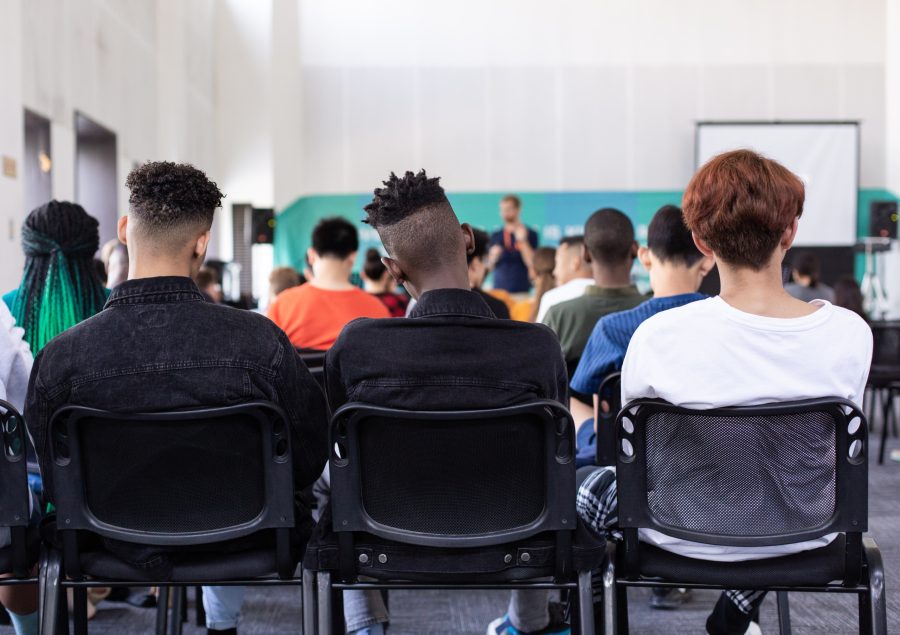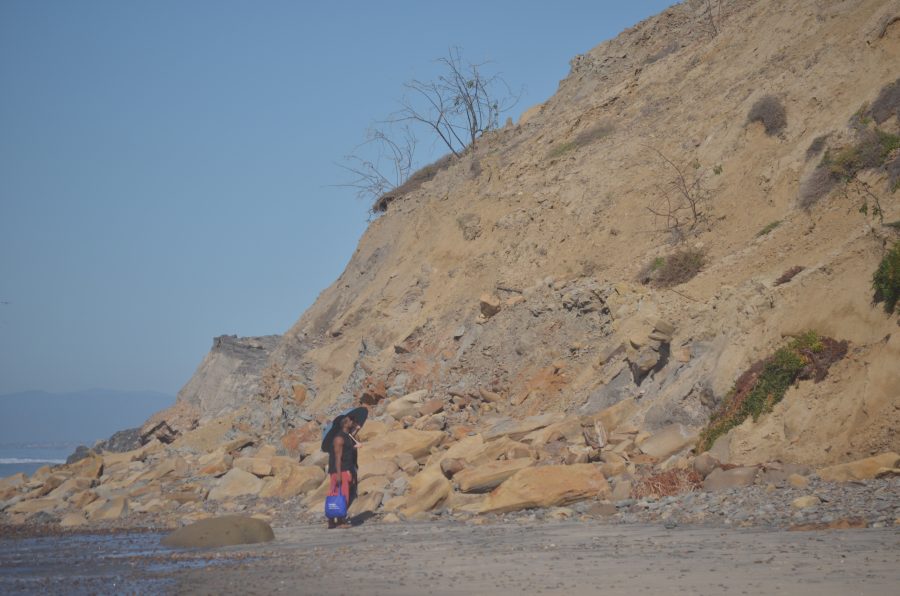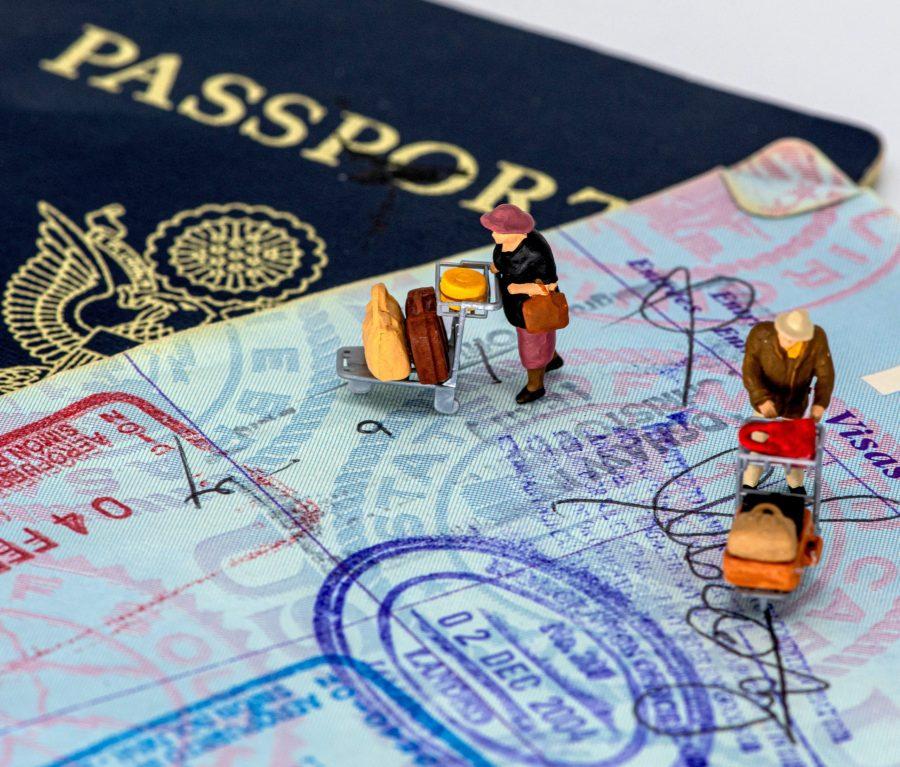When UCSD students toss that glass bottle and old flyer into a blue tub or round plastic bin, they may think it’s no big deal: They just like that they don’t have to carry that trash around anymore.
But consider what resulted from people keeping some of their waste out of the trash can over the last 10 years:
Carbon dioxide emissions were reduced by over 140 million tons.
Enough energy was conserved to supply all of the energy needs for every home in California for 18 months.
More than 600 million trees were saved.
About 34,000 jobs were created and contributed over $1.6 billion to California’s economy.
How did all these things happen?
People recycled.
Recycling happens every day at UCSD. According to Krista Henkels, who is in charge of trash at UCSD Recycle, the campus recycles about 40 percent of the waste it produces. Recycling bins for aluminum cans, glass and plastic bottles can be found all over campus, and are becoming as common as garbage cans. Henkels said that students are taking advantage of these and are even requesting that more of them become available. Campus picnic tables are made from recycled content. Even some of our decks are made from recycled plastic lumber.
However, despite the efforts many are putting into recycling, Henkels said more can still be done.
Half of the trash from lecture halls is paper, which can easily be recycled. There are also many bottles and cans found in the trash in the Price Center.
Although residence halls and campus apartments have recycling bins right outside, students have complained that it is inconvenient to use them. They note that it’s nice to have them there, but say the only people who use them are those who are strongly committed to helping the environment. Everyone else would rather just throw their recyclables into the trash, if it means they won’t have to walk out to the recycling bins.
The same holds true for other parts of campus as well. People simply find it easier to throw things in the trash because they don’t want to wait until they find a recycling bin.
However, UCSD practices also help reduce air pollution caused by hazardous chemicals. ChemCycle is the campus’ chemical reuse program, which accepts donations of hazardous waste from all over campus. Every day, chemical waste is generated in research, administration and facility maintenance. Each year, almost 322,000 pounds of chemical waste is produced at UCSD. About 100,000 pounds gets recycled.
Waste is recycled and reused in several ways.
For example, various parts of fluorescent light tubes can be recycled. The mercury is removed and redistilled. The aluminum, brass and copper ends of the bulbs are removed and resmeltered. The glass is reused as fiberglass felt.
Oils are usually sent to a refinery and redistilled into high-grade oils. Batteries are always recycled for the metal contained in them. Some paints are sent to be liquefied so they can be used as paint again. Metals, such as silver, lead and copper, are sent away to be reused. Computer monitors are recycled for their metals.
In the past, many universities have been cited by the Environmental Protection Agency for keeping dangerous waste. Some were fined hundreds of thousands of dollars because they could not manage their waste safely.
Recently, every campus in the UC system had to perform a self-audit to uncover problems with its hazardous waste. Results will soon be sent to the EPA.
UCSD’s audit did not uncover any major problems with its hazardous waste accumulation areas. According to Clark Martin, manager of the Environmental Management Facility, about 80 percent of the violations discovered in the audit were problems with labeling, an area thoroughly regulated by federal law.
Unlike some universities, UCSD has never been fined for hazardous waste problems.
According to its environmental policy, UCSD wants to ensure that all activities on campus are done in a healthy, safe and environmentally friendly manner. Its ultimate goal is to not have any environmental compliance violations and it wants every part of campus to do its part in achieving this goal.
Many opportunities exist for students to go green.
“”Precycle”” mugs can be purchased at various campus food spots. These mugs are reusable, reduce the amount of waste that goes into the garbage, and save money, since most merchants give discounts for refilling them.
Recycled items are available at the UCSD Bookstore, the General Store, and other campus retailers. A lot of their paper products, binders, greeting cards, pens and T-shirts are made from recycled content.
Advocates of recycling hope that students will take advantage of these simple chances — from buying recycled to holding onto that soda can just a little longer in order to put it in a recycling bin instead of the trash — to reduce the amount of waste that UCSD produces.







